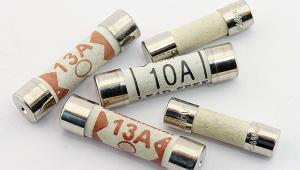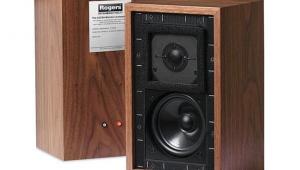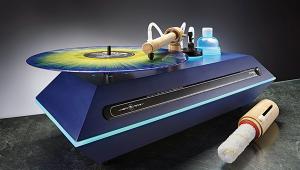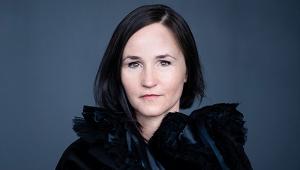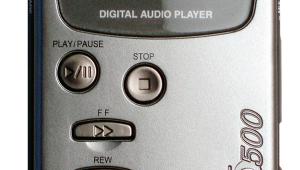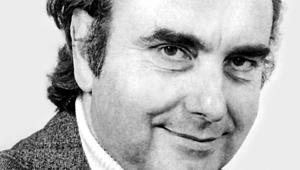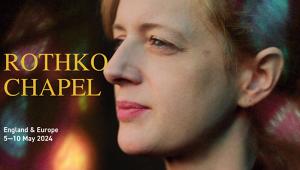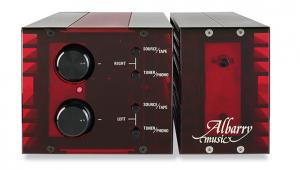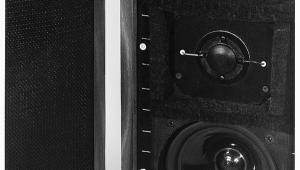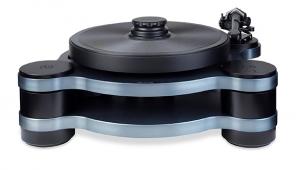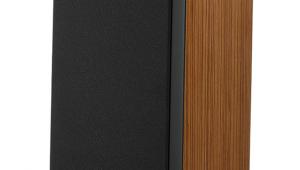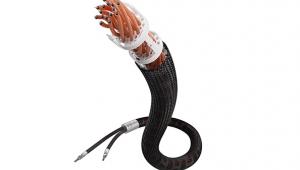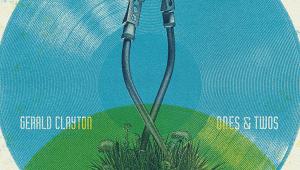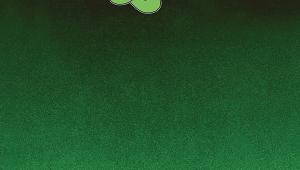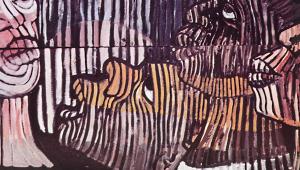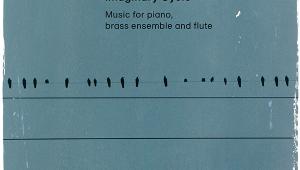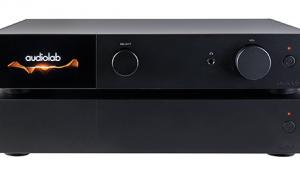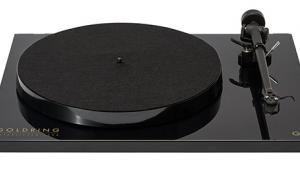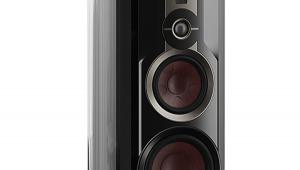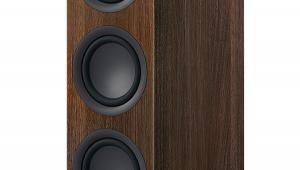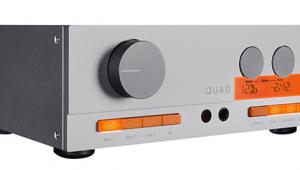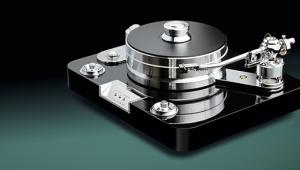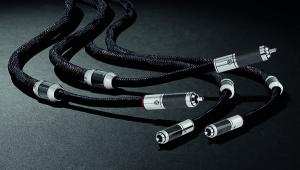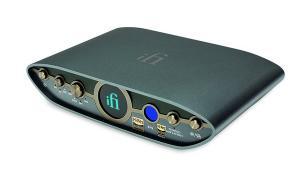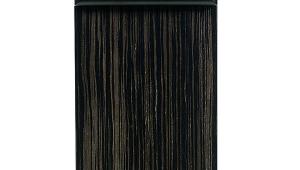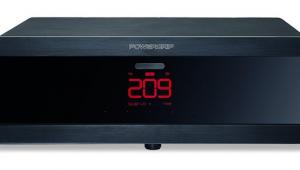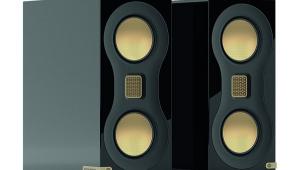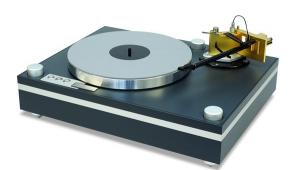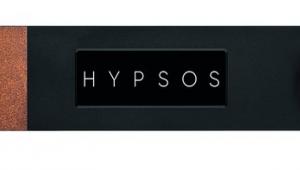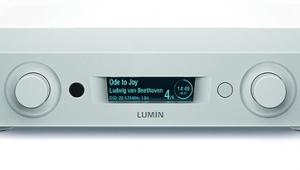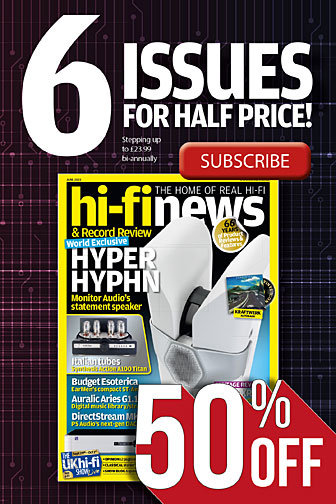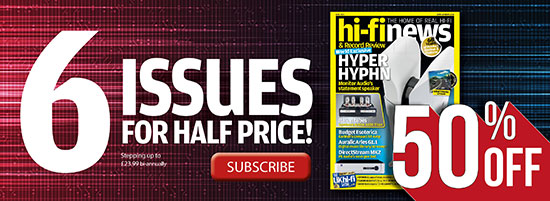Forty years of ECM
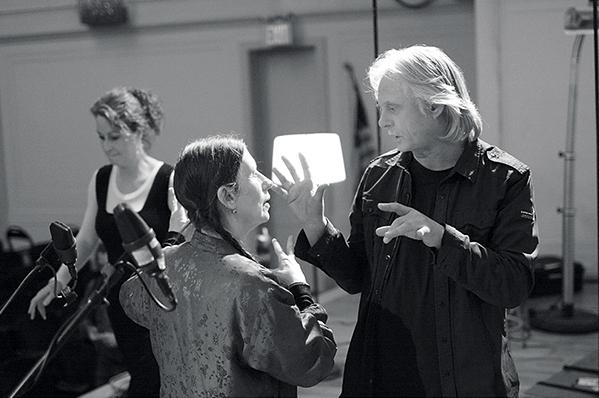
A new coffee table book of album covers and statistics from Manfred Eicher’s record label will make a happy trip down memory lane for any serious collector, says Peter Quantrill
The true nerds among you will already be bristling. Forty years? Who doesn’t know that Manfred Eicher [pictured above, right] founded ECM in 1969? It’s true – and for the first 15 years of its existence, ECM carved out a distinctive niche as a jazz label, often recording American artists in Europe and selling coals back to Newcastle with best-selling albums such as Keith Jarrett’s The Köln Concert of 1975.
Nor is it quite true to say that Eicher ventured into classical in 1984 with the launch of ECM’s ‘New Series’ imprint. In the new Compendium issued to mark that label’s 40th anniversary, you won’t find pioneering Steve Reich albums such as the Octet or Tehillim. I will leave it to my esteemed colleagues to wax lyrical about the impact of ECM on the jazz scene on both sides of the Atlantic. In the classical realm, at any rate, Eicher rapidly proved himself one of those rare producers who doesn’t just follow taste and trends – he made them.
Bridging the gap
Back in 1984, there were labels specialising in the relatively new category of music pre-Bach, though they tended to be offshoots of larger concerns such as the DG-owned Archiv and Decca-owned L’Oiseau-Lyre. There were also boutique new-music labels such as CRI (Composers Recordings Inc) in New York and Lyrita in Monmouth, often with limited distribution on one side of the Atlantic or the other.
What Eicher grasped was the potential for crossover between the two markets, bypassing the roughly 150 years of music which continues to be played and recorded as ‘classical’. In this sense he had put a finger in the air to feel which way the wind was blowing, and it was in the direction of a generation of postwar composers who found more common ground with Guillaume de Machaut than with Mahler. In their vanguard was Arvo Pärt, and it was not by accident that the first album issued by ECM New Series was the Estonian composer’s Tabula Rasa – a clean slate indeed.
Any classical collector should find the new 264-page Compendium instructive in this regard, both as a memory-jogger and a pointer down paths yet untaken, albums forgotten or simply never encountered. Most readers will hardly need reminding of ECM’s Officium [HFN Jan ’20], the jazz-improv-meets-chant collaboration between Norwegian saxophonist Jan Garbarek and the UK’s Hilliard Ensemble. Since its release in 1993, the album has sold 1.5 million copies, so there’s a good chance that you have it already.
But who remembers the great Swiss actor Bruno Ganz (best known to UK audiences for his portrayal of Hitler in the Oscar-nominated film Downfall) reading the poetry of Hölderlin? This was another ECM New Series album from 1984, perhaps not destined to sell a million, but how I’d love to hear it.
Eicher released less than a handful of albums on the new imprint in each of its first years. Meredith Monk rapidly became a ‘house composer’ for the label, and the Compendium has sent me investigating offbeat pieces such as her opera Atlas.
Another was Gavin Bryars, cheek by jowl with the Hilliard Ensemble singing Gesualdo and Keith Jarrett playing Bach. In retrospect, Officium looks like a natural convergence. Eicher himself talked about the Hilliards’ albums of Perotin, Gesualdo and Tallis as ‘a trilogy of silence’. Beyond the personal taste of its founder, this quality of silence made into sound is common to many ECM New Series albums, creating and answering a need which has since been exploited to profitable effect by the likes of Ludovico Einaudi and Max Richter.
Caffeine rush
In reproducing each of the label’s covers, the Compendium also serves to underline not just the brand identity of ECM but the imaginative possibilities within pure mono design. It may be ‘just’ a coffee table book, but it illustrates aesthetic values as timelessly ‘contemporary’ as the C in the ECM title.

